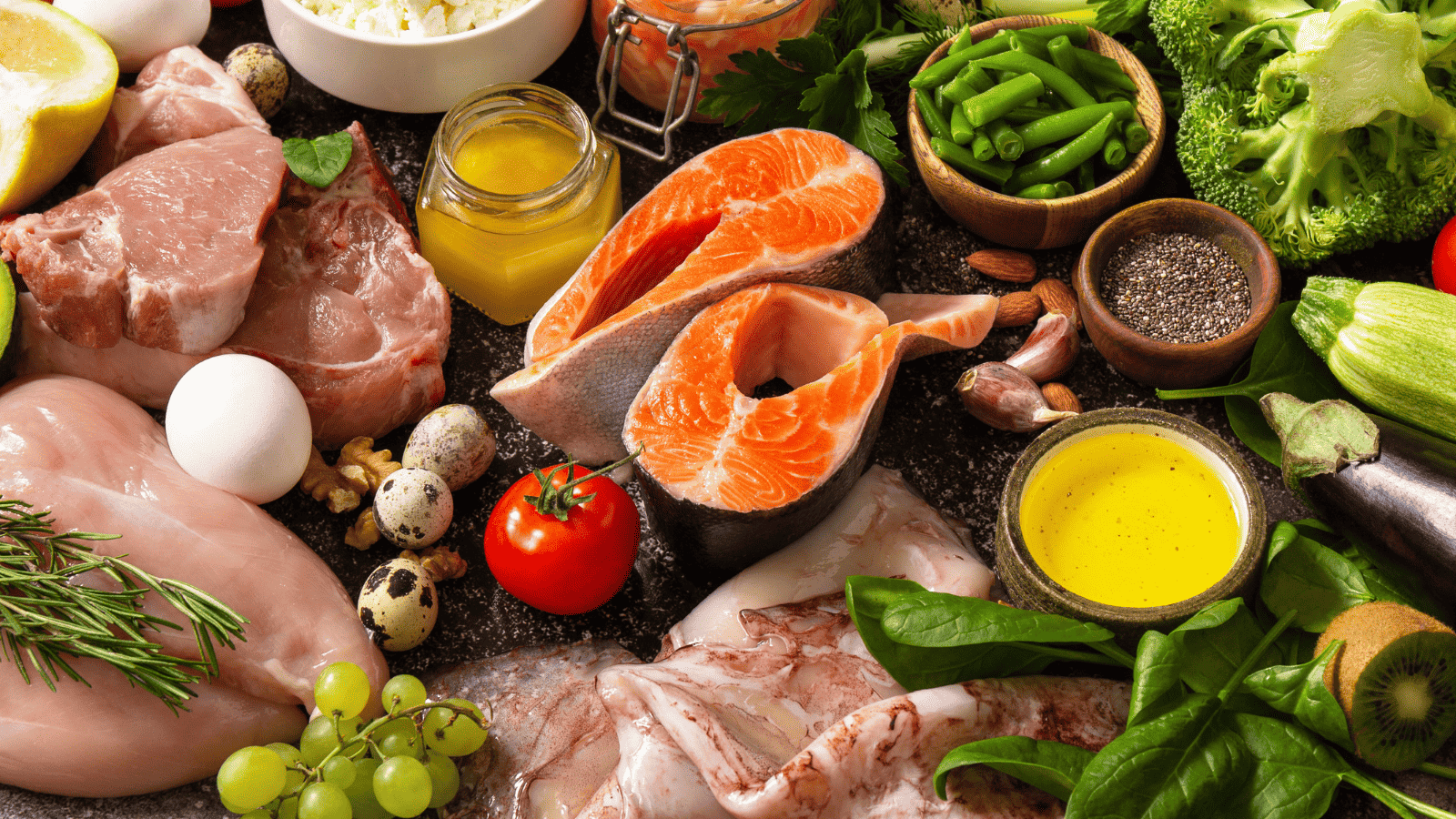Low and High Amines Food List for an Amine Intolerance Diet
Have you ever felt your stomach churning after a glass of milk or wine, but you’re not sure why? It could be a digestive enzyme issue or even an allergy. You’re not alone.
Many people struggle with food intolerance, a non-allergic hypersensitivity to certain foods, often due to allergy, sensitivities to substances like tyramine, or requiring an elimination diet.
One culprit could be amines – organic compounds like tyramine, derived from ammonia in some of our favorite foods, including fruit. This can potentially trigger an allergy or influence dopamine levels.
Amine intolerance, including allergy to biogenic amines and heterocyclic amines, can trigger symptoms like stomach acid reactions and digestive enzyme sensitivities that make you feel unwell.
Understanding the link between amines, stomach acid reactions, and food intolerance is crucial for managing your diet effectively, especially when consuming fruit and drink.
This includes knowing which foods and beverages people should consume for their bodies, especially those high in histamine, tyramine, serotonin, and heterocyclic amines.
With this knowledge, people can navigate the minefield of amine-rich foods and drinks like protein sources and nuts without triggering unwanted symptoms in their bodies.
Low and High Amines Food List
Low-Amine Foods:
Fresh Foods (consumed within 48 hours of purchase for the lowest amine levels):
Fresh meats: beef, chicken, fish (provided they’re fresh, not aged, frozen, or processed)
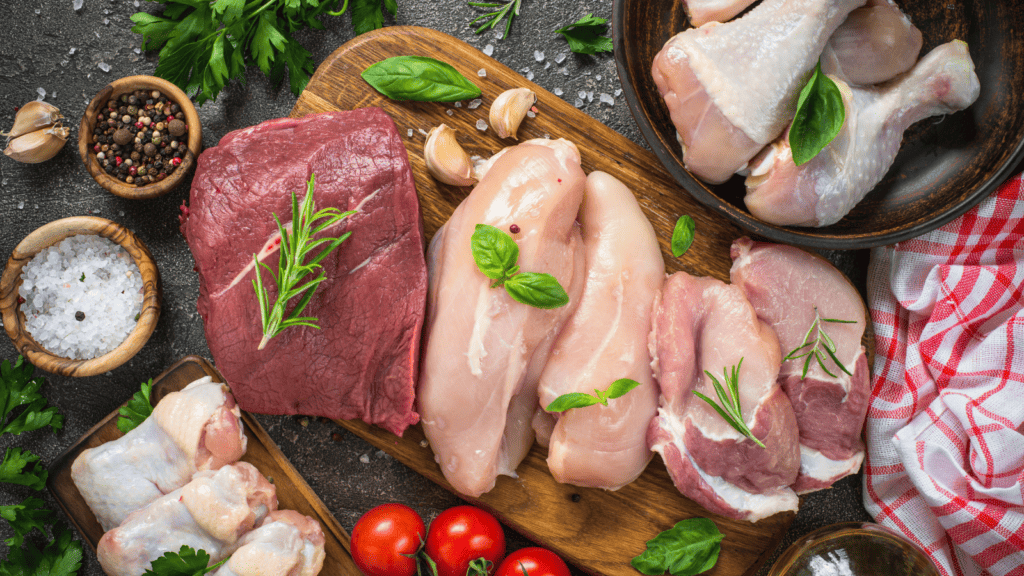

Fresh fruits: apples, bananas (unripe), blueberries, grapes, kiwifruit, melons, pears, and others.

Fresh vegetables: broccoli, cabbage, carrots, cauliflower, celery, cucumber, lettuce, potatoes, pumpkins, and others.

Dairy:

- Fresh cow’s milk
- Cottage cheese (consume as fresh as possible)
- Fresh yogurt (without added flavors or colors)
Grains:

- Rice
- Oats
- Wheat
- Fresh bread (without preservatives)
High-Amine Foods:
Meats & Seafood:

- Aged, smoked, or cured meats: bacon, salami, pepperoni, smoked salmon, etc.
- Any overcooked or reheated meats.
- Aged or blue cheeses.
- Canned fish like sardines and tuna.
- Seafood, especially if not consumed fresh: mackerel, mahi-mahi, tuna, and others.
Vegetables and Fruits:

- Avocados (especially overripe ones)
- Bananas (ripe to overripe)
- Eggplant
- Tomatoes (especially if overripe)
- Spinach
- Mushrooms
Processed Foods:

- Fermented foods: soy sauce, tempeh, miso, kimchi, sauerkraut.
- Chocolate and cocoa products.
- Commercially prepared condiments, gravies, and sauces.
- Vinegar and foods containing vinegar.
- Alcoholic beverages, especially wine, beer, and champagne.
Dairy:

Aged cheeses: cheddar, parmesan, gouda, brie, camembert, etc.
Miscellaneous:
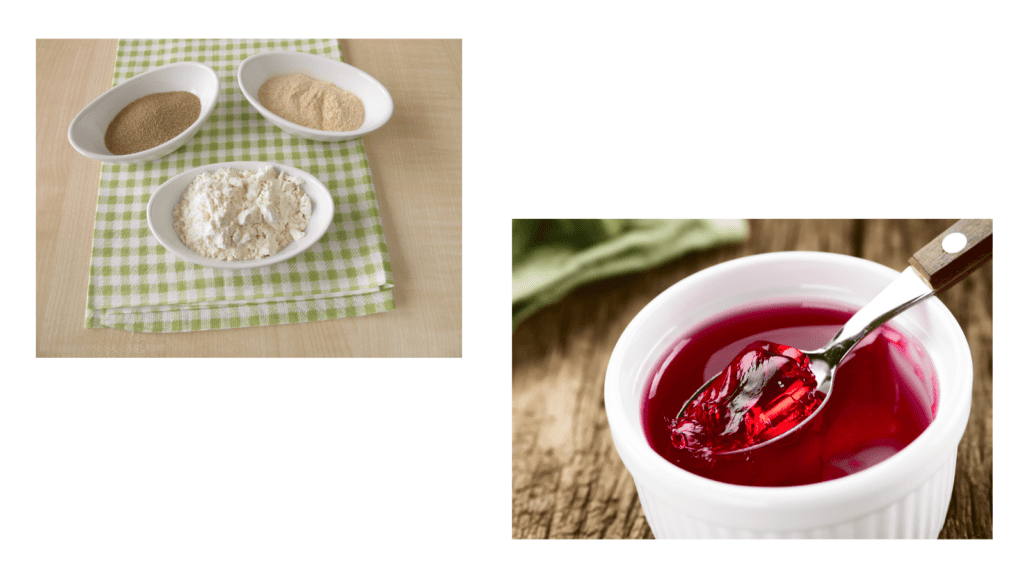
- Yeast extracts.
- Gelatin.
Please note that the amine content in foods can increase with time, especially if the food is stored improperly or for extended periods.
For example, fresh fish and meat will have low amine content, but if they are left to age or aren’t stored properly, their amine levels will rise. If you aim to follow a low-amine diet, always ensure your foods are as fresh as possible.
If you suspect sensitivity or intolerance to amines, consult a healthcare professional or nutritionist before making drastic dietary changes.
Causes of Amine Intolerance
Genetic Predisposition
Amine intolerance, a reaction to certain food chemicals, can be tricky for people, and it’s not always easy to pinpoint why it affects the body. It’s even more complicated when the offending substance is in a drink.
Let’s dive right into the deep end. It’s like rolling the genetic dice – some bodies are born more sensitive to amines than others.
Yes, you heard that right! Your genes, unique to every person, play a significant role in determining your body’s tolerance level for amines.
Think of it as inheriting your mom’s blue eyes or your dad’s curly hair – only this time, it’s an increased sensitivity towards certain foods that cause high amine levels in the body.
This is something people with a higher sensitivity to amine levels often experience. This genetic predisposition means that even low-amine foods could trigger symptoms in these people.
Enzyme Deficiency
People with an enzyme deficiency are following on our list – specifically, those lacking diamine oxidase (DAO). DAO is like the bouncer at your favorite club – its job is to break down histamine in people’s bodies. When people run low on DAO, histamine gets past the velvet rope and causes trouble.
In simple terms, if people don’t have enough DAO enzymes to break down ingested histamines effectively (found abundantly in high-amine foods), then hello, amine intolerance!
So what does this mean for people on an amine intolerance diet? Well, unfortunately:
- Foods high in amines, such as processed meats or fermented products, can cause problems for people.
- Even some fruits and vegetables with higher amine content might need to be avoided by people.
Gut Health Issues

Finally, people dealing with gut health issues like leaky gut syndrome can find these conditions exacerbating their amine intolerance. Imagine your gut as a well-maintained garden fence for people – only allowing what’s necessary, like low amine food, while keeping out unwanted guests, such as a high amine.
With conditions like leaky gut syndrome, though, this barrier becomes compromised, affecting people with high amine sensitivity and impacting their intake of amine food.
This means substances, including undigested high-amine food particles and bacteria, can escape from your intestines into your bloodstream – yikes! For people with amine sensitivity, this could potentially be problematic. Now, when people throw amines into this mix, things get messier.
For instance:
- High-amine food consumption could lead to heightened symptoms.
- The healing process for people might take longer due to constant irritation from dietary amines.
- Management strategies would need careful consideration about which foods are high amine and which aren’t.
Identification of High Amine Foods
Fermented, aged, or spoiled foods are like a minefield for individuals with amine intolerance. Why? You ask. Well, these types of food often contain high levels of amines. Let’s take cheese as an example. Remember the last time you had that delicious blue cheese, a high amine food, on your pizza?
That was a high-amine food. The aging process in cheeses leads to an increase in their amine content.
And it’s not just cheeses; even fruits, veggies, and high amine food can be culprits too! Yeah, you heard that right. Certain fruits and vegetables like tomatoes, spinach, and eggplants have higher amine content than others. Bet you didn’t see that coming!
Let’s break it down:
- Fruits: Bananas and citrus fruits
- Vegetables: Spinach, tomatoes and eggplants
Now, let’s talk about processed meats and fish. Imagine this: a juicy steak or a plate of sardines, both high-amine food – sounds mouth-watering, right? But for someone with an amine intolerance diet, these are typically rich in amines and should be avoided.
Here is where things get interesting:
- Processed Meats: Sausages, ham, bacon
- Fish: Sardines, mackerel
So what do all these foods have in common? They’re all high in amines because they undergo fermentation or aging processes, increasing their amine content.
But wait, there’s more! Some other high-amine foods include chocolate (sorry, chocoholics) and soy sauce (a staple in Asian cuisine). These foods are high in amines due to the fermentation process involved in their production.
Impact of High Amine Foods on Health
Digestive Problems Due to High Amine Levels
Ever felt bloated after a hearty meal? Or have you had an unexpected trip to the bathroom? It’s no coincidence. Consuming foods high in amine can muck up your digestive system, leading to symptoms like bloating or diarrhea.
For instance, fermented foods like sauerkraut and kimchi are heavy in amines. They might be healthy food darlings, but they’re not so friendly if you’ve got an amine intolerance.
Neurological Effects of Amines
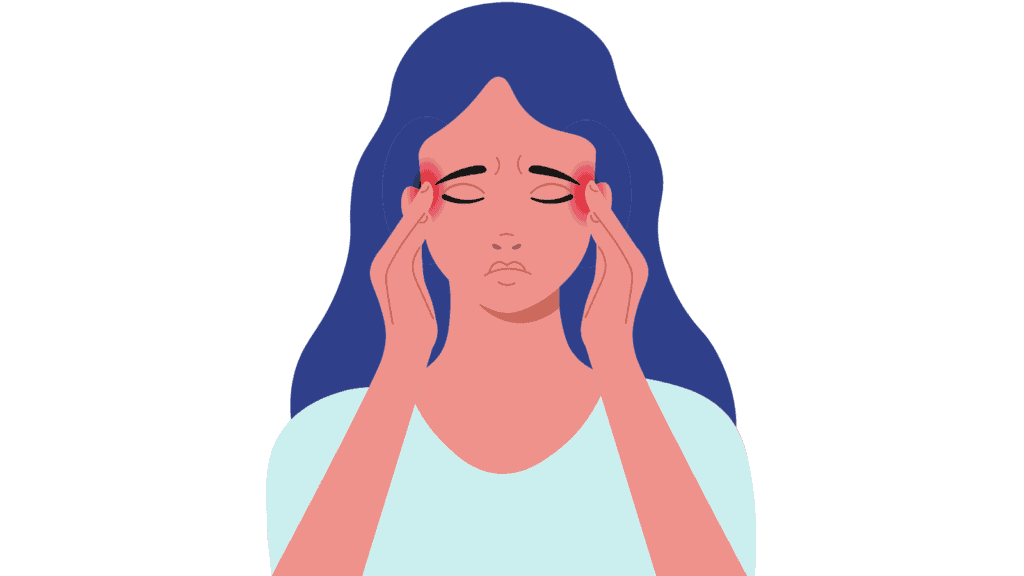
Beyond the bellyaches, high-amine foods can mess with your head – literally. Headaches, anxiety, sleep disorders – these neurological effects may occur due to high-amine intake.
Think about that cheese platter you snacked on at the last party. Tyramine, an amine found in aged cheese, can trigger migraines in some folks. And it’s not just cheese; other culprits include chocolate and wine.
Cardiovascular Issues Linked with Amine-Rich Diets
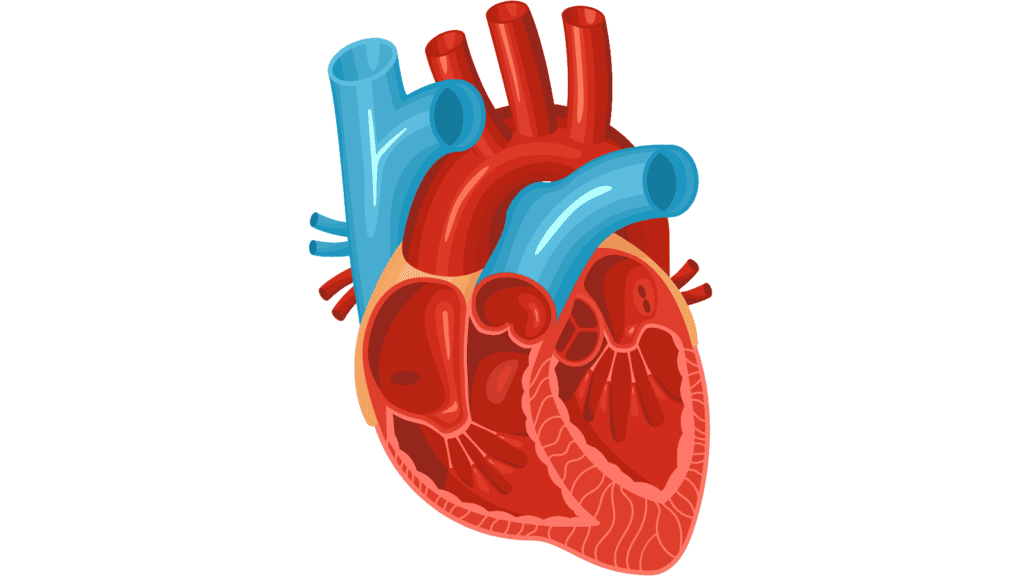
But it doesn’t stop at gut grumbles and headaches; your heart could be at stake too! Palpitations or changes in blood pressure have been linked with amine-rich diets.
Histamine is one such culprit here; it’s an amine that can cause blood vessels to expand and contract irregularly. This means those canned fish or leftover meats could give you more than bad breath!
The Big C: Cancer Risk from High Levels of Amines

Here’s something scarier: consuming high levels of certain amines may even increase cancer risk! Some studies suggest that heterocyclic amines (HCAs) produced when meat is cooked at high temperatures could be carcinogenic.
So next time you’re firing up the grill for some steak or burgers, remember this: charred isn’t always better!
To sum things up:
- Bloating or diarrhea? Could be the sauerkraut.
- Got a headache? Maybe lay off the cheese.
- Feeling palpitations? Check your canned fish intake.
- Worried about cancer? Ease up on charred meats.
Amine levels matter for our health – from our guts to our brains and hearts. So next time you’re filling your plate, think twice about what’s going into your mouth!
Comprehensive List of Low-Amine Foods
Fresh Meat and Poultry Options
Let’s start with protein sources, specifically fresh meat and poultry. These are fantastic options for those following a low-amine diet. Let’s dive into some specifics:
- Chicken: Fresh chicken is an excellent source of low-amine protein. Just remember to avoid processed or aged varieties.
- Turkey: Like chicken, fresh turkey is also suitable for low amine content.
- Beef: Opt for fresh cuts of meat over cured or aged types.
Grains Galore
Moving on to carbohydrates, we have an array of grains ideally suited to a low-amine diet. Here’s the food list:
- Rice: This versatile grain can be used in numerous dishes while keeping your amine intake in check.
- Quinoa: A powerhouse of nutrients, quinoa is gluten-free and falls under low-amine foods.
Fruit and Veggie Selections
Fruits and vegetables are essential to any diet, including one aimed at reducing amine intake. Here’s what you can include in your grocery list:
- Apples
- Bananas
- Berries (except strawberries)
- Leafy greens like spinach and lettuce
- Root vegetables such as carrots and potatoes
Remember, freshness is vital. So always opt for fresh produce over canned or preserved varieties.
This comprehensive list of low-amine foods covers everything from proteins to carbs and even fruits & veggies! It’s proof that an amine intolerance doesn’t mean you’re restricted to bland meals – plenty to choose from!
By sticking with these options, you can keep your meals varied and exciting without worrying about triggering any unwanted reactions.
So whether you’re whipping up a quick lunch or planning an elaborate dinner party menu, this food list will be your go-to guide for keeping things deliciously low-amine!
Healthy Alternatives: High to Low-Amine Swaps
Fresh Processed Meats
Let’s cut straight to the chase. What’s the deal with processed meats? They’re chock-full of amines, that’s what! You’ve got your salamis, hot dogs, and ham – all high-amine culprits. But don’t fret; there are plenty of low amine alternatives.
Consider swapping these out for fresh cuts of meat like chicken or beef. It’s not just about cutting down on amines; new cuts also pack in more nutrition!
For example:
- Swap salami for roast chicken
- Exchange hot dogs for grilled steak
- Substitute ham for roasted turkey
Dairy: Fresh is Best
Next up on our swap list – dairy products. You might be surprised to learn that fermented dairy products like cheese and yogurt can be a significant source of dietary amines. So how do you get around this? Simple! Opt for fresh over fermented.
Here are some swaps:
- Replace blue cheese with cottage cheese
- Swap out aged cheddar for mozzarella
- Choose milk instead of kefir
Remember, it’s all about reducing those levels of amines without sacrificing taste.
Fruits: The Ripe vs Less Ripe Debate
Lastly, let’s talk bananas – specifically ripe versus less ripe ones. Here’s a fun fact: as bananas ripen, their amine content increases! So if you want to keep those amine levels low, go green…or at least yellow-green.
Role of Dietary Amines in Gut Health
Prebiotic Properties and Gut Microbiota
Biogenic amines, including vasoactive amines, shape gut microbiota composition. These substances are found in various foods and can have potential prebiotic properties. They nourish beneficial bacteria in the digestive system, helping them thrive.
For example, dopamine, one type of biogenic amine found in certain fruits and vegetables, can promote the growth of Bifidobacterium and Lactobacillus species. These bacteria are known for their health-promoting effects on the gut.
However, it’s not all sunshine and rainbows with dietary amines. The balance is critical here. Too much or too little could lead to problems.
Inflammatory Bowel Disease (IBD) Connection
High-amine diet might have an unfavorable impact on individuals with inflammatory bowel disease (IBD). Biogenic amines are pro-inflammatory when not adequately metabolized by the digestive enzyme diamine oxidase (DAO).
In other words, if your body lacks this enzyme or doesn’t produce enough due to genetic factors or intestinal inflammation, consuming foods high in amines might exacerbate your IBD symptoms. Some folks find relief by taking diamine oxidase supplements to boost their DAO levels.
Leaky Gut Syndrome Link
There’s also some chatter about a possible connection between a high-amine diet and increased intestinal permeability – commonly called “leaky gut.”
The idea here is that excessive amounts of dietary amines might disrupt the integrity of the intestinal lining. This could potentially allow harmful substances from your gut to leak into your bloodstream – hence the term “leaky gut.”
While more research is needed to understand this link fully, it does highlight how important it is to maintain a balanced intake of dietary amines for optimal gut health.
So there you go! That’s what we know so far about dietary amines play in our digestive health. Whether looking at low or high-amine food lists for an amine intolerance diet or just trying to improve your gut health – remember that balance is critical!
Wrapping It Up
That’s the lowdown on amines, folks! Understanding your body’s response to these compounds can be a game changer. If you’re dealing with amine intolerance, tweaking your diet is vital. Swapping high-amine foods for low-amine alternatives could kick those nasty symptoms to the curb.
Don’t forget – knowledge is power! Stay informed about the role of dietary amines in gut health and their impact on overall wellness. Now that you’ve got the 411 on this topic, it’s time to take action. Start implementing these dietary changes today and feel the difference it makes!
Amine intolerance, often tied to a broader spectrum of food intolerances and food allergies, can lead to various adverse reactions in the body. The immune system can sometimes misinterpret these substances, triggering many symptoms.
This chemical intolerance typically escalates over time, especially when individuals consume food with additives that stimulate nerve endings.
Certain food products, notably fish and meat, naturally have amines. However, the formation of biogenic amines is exceptionally high in aged meats and cheeses. Monosodium glutamate, a flavor enhancer often found in many dishes, including meat pies, is a hidden culprit for amine-sensitive people.
Even popular choices like red wine, tomato sauce, and seemingly innocuous sunflower seeds can elevate histamine levels. Over time, this cumulative effect can exacerbate symptoms, triggering health issues ranging from irritable bowel syndrome to nasal congestion.
Some individuals, especially those who follow a low FODMAP diet, might find relief by consulting a list of foods tailored to mitigate these reactions. For instance, opting for green beans and butternut pumpkin, which have low salicylate levels, over foods with high levels of salicylate, like tomatoes, can mark a positive change.
Salicylic acid, a natural chemical found in various plant foods, has been linked to symptoms of amine sensitivity, especially when combined with alcoholic drinks or caffeine drinks.
Enzymes like monoamine oxidase play a pivotal role in the human body, breaking down amines and other brain chemicals. Disruption in its activity can lead to severe conditions, even as serious as Parkinson’s disease.
The body’s inability to break down amines can also cause an increase in free amino acids; over time, these can impact nerve cells and cross the blood-brain barrier.
However, for those with amine allergies, there’s a silver lining. Being proactive and educated about food sources, understanding the breakdown of proteins, and recognizing food triggers can be beneficial.
The RPAH Elimination Diet Handbook offers guidance, suggesting a controlled introduction of new ingredients.
Starting with a control group of foods and observing the body’s reactions can help determine the severity of symptoms. Using tools like ion exchange chromatography, one can further pinpoint chemical sensitivity.
For those who experience more severe allergic reactions, seeking guidance from an allergy unit is paramount. Given the wide range of foods that can cause adverse reactions, it’s essential to identify not just a single food but the combination of ingredients and additives that might exacerbate symptoms.
Factors like cardiac output, influenced by recreational drugs and constriction of blood vessels, can amplify responses in a sensitive person.
In conclusion, understanding the different types of amines, their biogenic amine neurotransmitters, and how they interact with various foods and substances is crucial for those with amine intolerance.
Making informed food choices can lead to significant health benefits, potentially helping to lower blood pressure and improve overall health. Adopting an amine intolerance diet might be the best option for a healthier, symptom-free life.
FAQs
What are some common symptoms of amine intolerance?
Symptoms can vary from person to person but may include headaches, hives, runny nose, or digestive issues like bloating and gas.
How long does it take for an amine-free diet to show results?
Typically, it takes about 2-4 weeks following a low-amine diet to notice significant symptom improvements.
Are there any tests available for diagnosing amine intolerance?
Yes, specific blood tests can help diagnose amine intolerance. However, an elimination diet is often considered the most reliable method.
Can cooking methods affect the amine content in food?
Absolutely! Cooking methods like grilling or frying can increase amine content while boiling or steaming tends to reduce it.
Is there any treatment available for amine intolerance other than dietary changes?
While changing your diet is crucial, certain medications and supplements might also help manage symptoms. Always consult with a healthcare professional before starting any new treatment plan.
My Personal Experience
Before I began eating food low in amines, I was constantly plagued by migraines, bloating, and discomfort. My doctor told me I had an amine intolerance and was advised to change my diet. Initially, I was skeptical. I mean, how much difference could food make to my health?
But I decided to give it a try. And I am so glad I did.
I started by reducing high-amine foods from my diet. I avoided aged and fermented foods like cheese, wine, and pickles and bid goodbye to processed meats, canned fish, and chocolates.
It was hard to let go of these foods that were a part of my everyday life, but I was determined to feel better.
I replaced these with fresh fruits, vegetables, lean meats, and whole grains. I also started drinking plenty of water and herbal tea. The first few days were tough; I won’t lie.
I missed my old foods and the convenience of processed meals. But I kept reminding myself why I was doing this.
Slowly but surely, I started to notice changes. My migraines became less frequent, my bloating reduced, and I began to feel lighter and more energetic. I was amazed at the difference a change in diet could make.
It was like I was finally in tune with my body, and it was thanking me for it.
Eating low-amine foods has improved not just my physical health but also my mental well-being. I feel more focused, more productive, and overall happier. A fog has lifted, and I can see and think clearly.
In retrospect, I realized that I was feeding my body with intolerant foods. I was essentially poisoning myself without even knowing it. Now that I have made the switch, I can’t imagine returning to my old ways.
I highly recommend a low amine diet if you’re struggling with amine intolerance. This involves consuming fresh fruits, vegetables, and lean meats while avoiding high-amine foods such as fermented, aged, or processed products.
Remember, consistency is key in such diets, and it’s crucial to read food labels carefully to ensure you’re not inadvertently consuming high-amine foods.
Resources
Level of Biogenic Amines in Red and White Wines, Dietary Exposure, and Histamine-Mediated Symptoms upon Wine Ingestion

Born and raised in a family of foodies, Georgia’s passion for cuisine was nurtured from a young age as she learned the intricacies of flavor and texture from her grandmother’s kitchen. As an adult, this early fascination blossomed into a full-fledged love affair with the culinary world.

